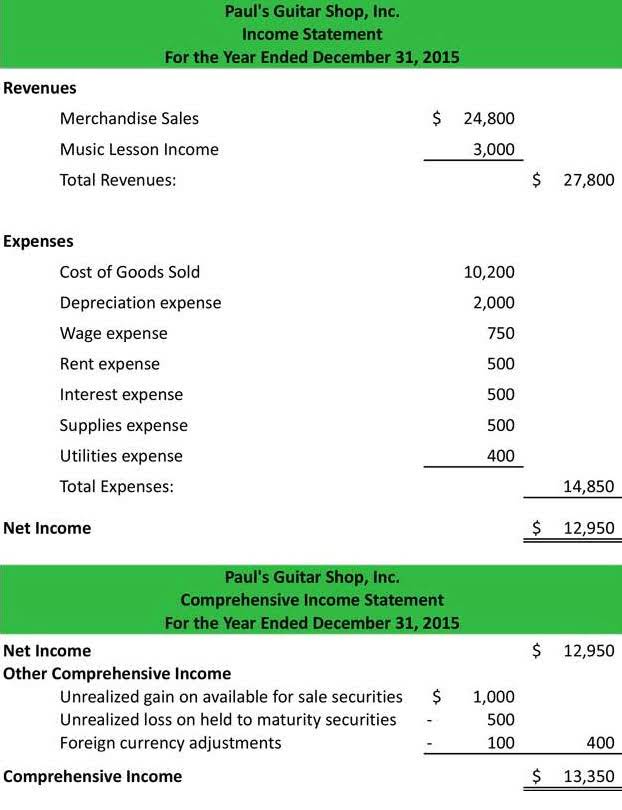Cumulative vs Non-Cumulative Preferred Stock: Difference and Comparisons
- Bookkeeping
- Posted by
- Leave your thoughts

Dividends are the only risk for income reliant investors who are so when companies struggle financially they can skip dividends without any obligation to repay. First, it usually offers a higher dividend rate than common stock (which can make it attractive to income seekers). Secondly, because the missed dividends are not protected, these shares are riskier than those that are cumulative.
Conclusion – common vs preferred stock

Our platform features differences and comparisons, which are well-researched, unbiased, and free to access. Passively managed funds invest by sampling the index, holding a range of securities that, in the aggregate, approximates the full Index in terms of key risk factors and other characteristics. This may cause the fund to experience tracking errors relative to performance of the index. In general, ETFs can be expected to move up or down in value with noncumulative preferred stock the value of the applicable index. Although ETF shares may be bought and sold on the exchange through any brokerage account, ETF shares are not individually redeemable from the Fund.
- This classification can be advantageous for companies looking to strengthen their equity base without increasing their debt load.
- They offer more predictable income than common stock and are rated by the major credit rating agencies.
- The brokerage and exchange rules are also to be observed for trading in noncumulative preferred stock.
- It is one of its key advantages—its higher dividend yield versus most other preferred shares and common stock.
- For example, if the price is $40 per share and the annual dividend is $4, the rate would be .10 or 10%.
How Does a Preferred Security Work?

But having issued noncumulative preference shares provides flexibility to companies, as in case of a financial crisis, they can manage without paying out dividends. Thus companies should maintain a balanced capital structure having a proper mix of Equity, Cumulative, and Non Cumulative Preference shares. This helps them manage a balanced investment with a satisfying return to investors and, at the same time, manage with lower cash flows during a financial crisis. The more the dividend payments are delayed the more the money loses its value.
Rights and Obligations
When the dividends are issued, the stockholders will receive the promised set amount. Non-cumulative preferred stocks, on the other hand, are not entitled to unpaid dividends. It is unreliable and carries a high level of risk, as the corporation reserves the right to terminate or suspend the shares at any time. There is no provision for the previously missed dividends to be accumulated. When dividends are declared, preferred equities pay a fixed sum of annual dividends https://www.bookstime.com/ called the par value.
- They can offer more predictable income than do common stocks and are typically rated by the major credit rating agencies.
- Non-cumulative preferred stock offers limited protection for investors compared to cumulative preferred stock.
- If a bond issuer defaults on an interest payment, bondholders can sue the company, take it over and sell off its parts for cash.
- You calculate a preferred stock’s dividend yield by dividing the annual dividend payment by the par value.
In 2015, Wells Fargo issued Series B Preferred Stock, which carried a stated dividend rate of 7.625%. This income summary cumulative preferred stock entitled investors to any unpaid or omitted dividends. In the case where Wells Fargo missed its dividend payments in 2018 and 2019, investors holding these series B preferred shares would have received those dividends at a later date. The term “noncumulative” describes a type of preferred stock that does not pay stockholders any unpaid or omitted dividends.

Then, companies may issue dividends similar to how bonds issue coupon payments. Though the mechanism is different, the end result is ongoing payments derived from an investment. Preferred stockholders typically have no voting rights, whereas common stockholders do. Preferred stockholders may have the option to convert shares to common shares, but not vice versa. Preferred shares may be callable where the company can demand to repurchase them at par value.

The formula could be reworked to find the rate or return by dividing the fixed dividend payout by the price. Preferreds may be an option for investors seeking some of the highest yields in the investment-grade universe while maintaining overall portfolio diversification. In this article, we look at preferred shares and compare them to some better-known investment vehicles. Callable shares give the company the power to limit its maximum liability to preferred shareholders.
Disclosure of dividends in arrears on cumulative preferred stock
This means companies can issue new shares of noncumulative preferred stock without having to worry about making up for any missed dividends or facing pressure from existing shareholders to reinstate dividend payments. To illustrate how noncumulative preferred stocks work in practice, let’s consider an example. Suppose a company called XYZ Corporation issues both cumulative and noncumulative preferred stocks.

